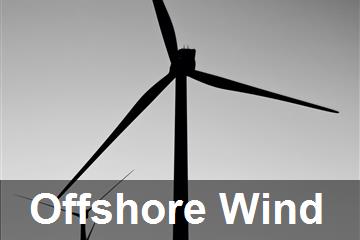
04 ott 2024
Italy is positioning itself as a leader in the development of floating offshore wind technology, a nascent and costly alternative to traditional wind energy solutions.
With no current industrial projects worldwide, Italy aims to pioneer this technology, potentially becoming a global exporter.
The Med Wind project, a significant floating offshore wind farm, is planned off the coast of Mazara del Vallo, with an investment of 9.5 billion euros.
A memorandum with Chinese company MingYang Smart Energy aims to establish a turbine production hub in Italy.
Despite some European criticism, the focus remains on building a robust supply chain to meet ambitious energy targets by 2040.

Italy is taking significant steps towards becoming a leader in floating offshore wind technology, a field that is still in its experimental phase globally.
Unlike traditional offshore wind farms, floating turbines are not fixed and can be deployed in deeper waters, offering a solution where conventional methods are not feasible.
This innovative approach, however, comes with higher costs.
Simone Togni, president of the Italian Wind Energy Association (Anev), emphasizes the potential for Italy to not only develop this technology but also to become a global exporter.
The Med Wind project, set to be the largest floating offshore wind farm in the Mediterranean, is planned 80 km off the coast of Mazara del Vallo.
With an estimated operational date in 2027, the project involves a 9.5 billion euro investment.
Currently, 100 GW of floating wind projects have been submitted to the Ministry, though only a fraction will be realized.
The Italian government's energy plan aims for 26 GW of onshore and 2.1 GW of offshore wind capacity by 2030, with a vision to reach 10 GW of offshore capacity by 2040.
To achieve these goals, a capable supply chain is essential, yet European manufacturers are not meeting the required timelines.
Consequently, some operators are sourcing components from abroad, including China.
In August, a memorandum of understanding was signed between the Italian Ministry, MingYang Smart Energy, and Renexia to establish a turbine production facility in Italy, creating 1, 100 jobs with a 500 million euro investment.
This facility is intended to supply turbines for the Med Wind project.
While the agreement has faced criticism from European wind energy associations, Togni argues that the priority is to develop the necessary infrastructure, even if it means sourcing technology from outside the EU. The technology is supported by the Fer2 decree, which incentivizes 4.6 GW of renewable energy projects, including 3.8 GW of offshore wind, with a tariff of 185 euros per MWh.
Anev has advocated for tax credits and a shift of connection costs from operators to the electrical system.
The industry is also awaiting the marine area suitability decree, expected by the end of the year.
